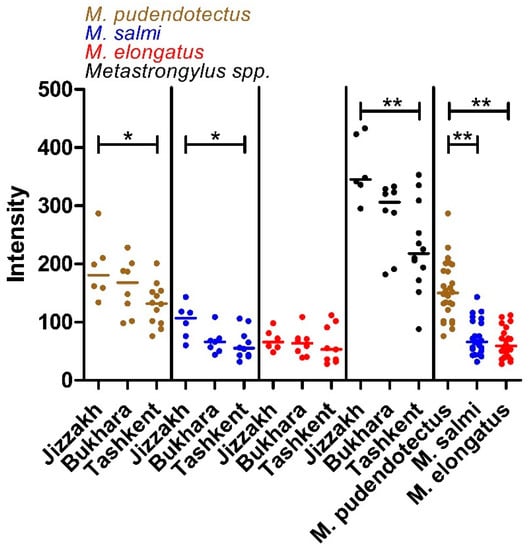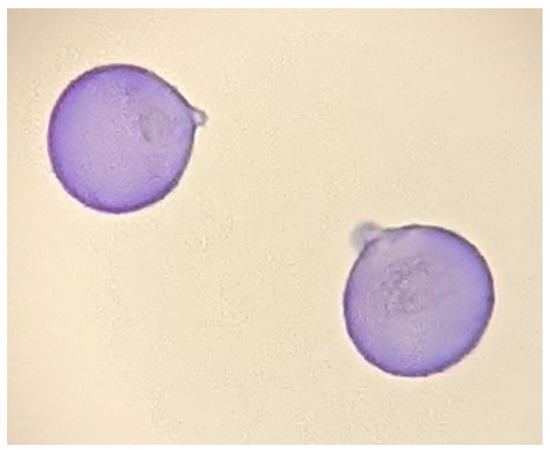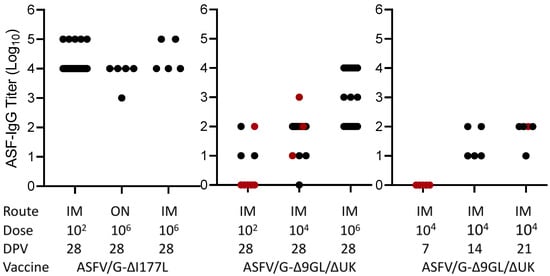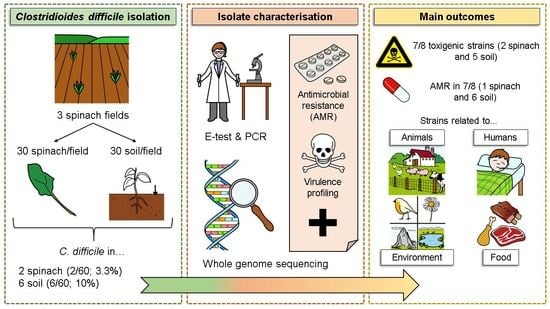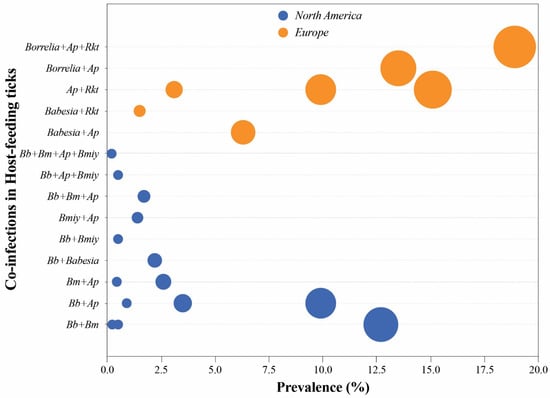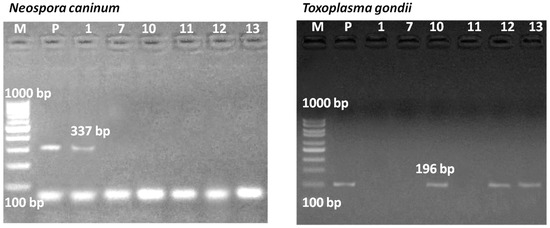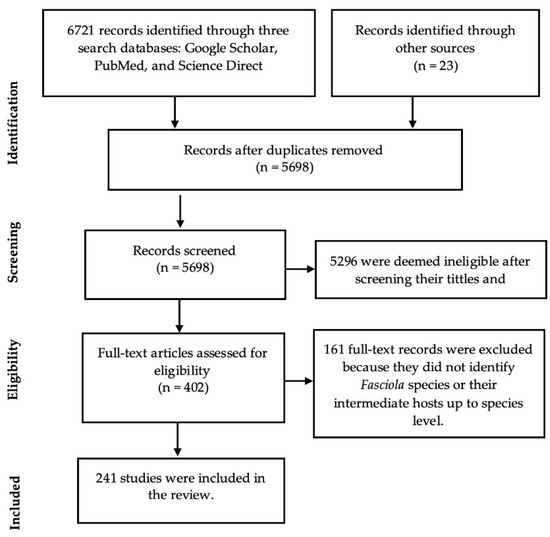Pathogens 2022, 11(11), 1316; https://doi.org/10.3390/pathogens11111316 - 9 Nov 2022
Cited by 7 | Viewed by 2452
Abstract
The aim of the present study was to characterize the diversity of Metastrongylus spp. in wild boars and the earthworm intermediate host species contributing to the maintenance of the life cycle. Here, wild boars were subjected to parasitological necropsies, and lungworm species were
[...] Read more.
The aim of the present study was to characterize the diversity of Metastrongylus spp. in wild boars and the earthworm intermediate host species contributing to the maintenance of the life cycle. Here, wild boars were subjected to parasitological necropsies, and lungworm species were identified morphologically, followed by confirmation using ITS-2 sequencing and a phylogenetic analysis. Earthworms were collected from wild boar habitats and investigated for the presence of larvae. The prevalence of Metastrongylus spp. in wild boars was 78.8%, and many individuals were positive for all three detected species, Metastrongylus pudendotectus, Metastrongylus salmi and Metastrongylus elongatus. The phylogenetic analysis did not clearly resolve all species, except for M. pudendotectus. Age group and season had no influence on prevalence, while intensity was significantly higher in autumn than in spring and summer (Kruskal–Wallis followed by Dunn’s test). Three out of six investigated earthworm species were positive for metastrongyloid larvae (prevalence of 10.4–16.7%), but neither their phylogenetic relationship nor ecological microhabitats were able to explain these differences. Further sequence data should be used to improve the resolution in phylogenetic trees to determine potential cryptic species in the genus, while the application of deep sequencing approaches might provide insights into species-specific epidemiology and pathology.
Full article
(This article belongs to the Special Issue Advances in Parasitic Diseases)
►
Show Figures
